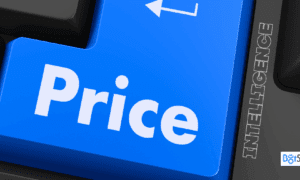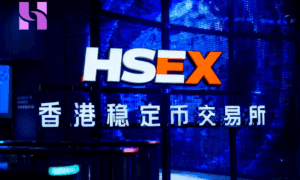Dynamic pricing has transformed the way hotels, boutique properties, and short-term rentals approach profitability. By allowing room rates to shift in real time, it empowers hospitality businesses to capture demand at the optimal price point. Yet despite its widespread adoption, the mechanics of dynamic pricing often remain misunderstood.
This guide breaks down the essentials and shows you how a thoughtful strategy, supported by modern software revenue management, can unlock sustained growth for properties of every size.
Understanding the Core Principles
Dynamic pricing refers to adjusting hotel room pricing rates according to fluctuations in demand, market conditions, and competitor behavior. Instead of setting static seasonal prices, you continuously refine your rates to match what guests are willing to pay at a given moment. High-demand dates, such as major conferences or local festivals, invite higher prices, while softer periods require more competitive offers to maintain occupancy.
This approach hinges on real-time data. Market signals such as booking pace, competitor pricing, weather forecasts, and regional events all contribute to the decision matrix. When executed correctly, dynamic pricing balances occupancy and average daily rate (ADR), driving higher revenue per available room without compromising guest satisfaction.
The Role of Revenue Management Software
While it’s possible to track demand manually, the volume of data involved makes automation essential for most operators. Software revenue management solutions evaluate countless variables and update rates automatically across distribution channels. Advanced algorithms monitor market conditions, forecast demand, and recommend optimal pricing with speed and precision that manual methods cannot match.
Such systems also integrate with property management and channel management platforms, streamlining updates to online travel agencies, direct booking engines, and global distribution networks. The result is consistent pricing across all channels, fewer manual errors, and a nimble response to sudden market shifts.
Key Benefits for Hoteliers
Adopting a dynamic pricing strategy that’s supported by sophisticated software delivers multiple advantages, such as:
- Revenue Optimization: Real-time adjustments capture higher rates when demand peaks and protect occupancy when it softens.
- Operational Efficiency: Automation frees staff from constant monitoring, allowing them to focus on the guest experience and strategic initiatives.
- Market Responsiveness: Instant updates mean your property can react to competitor moves, weather changes, or sudden spikes in demand within minutes.
- Data-Driven Insights: Comprehensive reporting highlights booking trends, helping managers refine marketing campaigns and inventory controls.
These outcomes translate into higher profitability for you without the guesswork that often accompanies manual rate setting.
Practical Implementation Steps
If you’re a hotelier considering dynamic pricing, the path forward begins with a clear framework:
- Assess Demand Drivers: Identify local events, travel seasons, and historical booking patterns that influence your market.
- Segment Your Guests: Recognize distinct traveler profiles like business, leisure, or group, and tailor rate structures accordingly.
- Adopt Reliable Software: Choose a revenue management solution that integrates with your property management system and provides actionable analytics.
- Define Rate Rules: Set minimum and maximum thresholds to maintain brand positioning and avoid dramatic swings that could unsettle repeat guests.
- Monitor and Refine: Review performance reports regularly to fine-tune forecasting models and promotional strategies.
A disciplined approach keeps pricing your decisions transparent while also allowing the flexibility that dynamic pricing requires.
Addressing Common Concerns
Some hoteliers worry that constantly changing rates may alienate guests or complicate operations. In practice, when pricing is transparent and consistent across booking channels, guests are accustomed to variability, much like airline fares or ride-share pricing fluctucates. Clear communication and parity across distribution outlets help maintain trust while still capturing incremental revenue.
Staying Competitive in a Digital Marketplace
Hospitality today is inherently data-driven. Competing properties leverage sophisticated analytics to gain an edge, and guests increasingly compare rates across multiple platforms before booking. By implementing a modern revenue management system, you position your property to meet these expectations while safeguarding your profitability.
The Takeaway
Dynamic pricing is not merely a trend. It is an operational necessity for hotels seeking to thrive in modern competitive markets. Understanding its principles and adopting capable software revenue management transforms complex data into actionable intelligence, enabling you to capture the right rate at the right time.
By embracing these strategies, hospitality professionals, from boutique B&B owners to multi-property managers, can achieve a sustainable advantage. Rather than reacting to market changes, you will proactively shape demand, maximize occupancy, and secure the revenue growth your property deserves.
With a disciplined approach and the right technology in place, you also gain the flexibility to test new pricing ideas, respond quickly to evolving traveler behavior, and build long-term profitability that supports your unique brand vision.



































